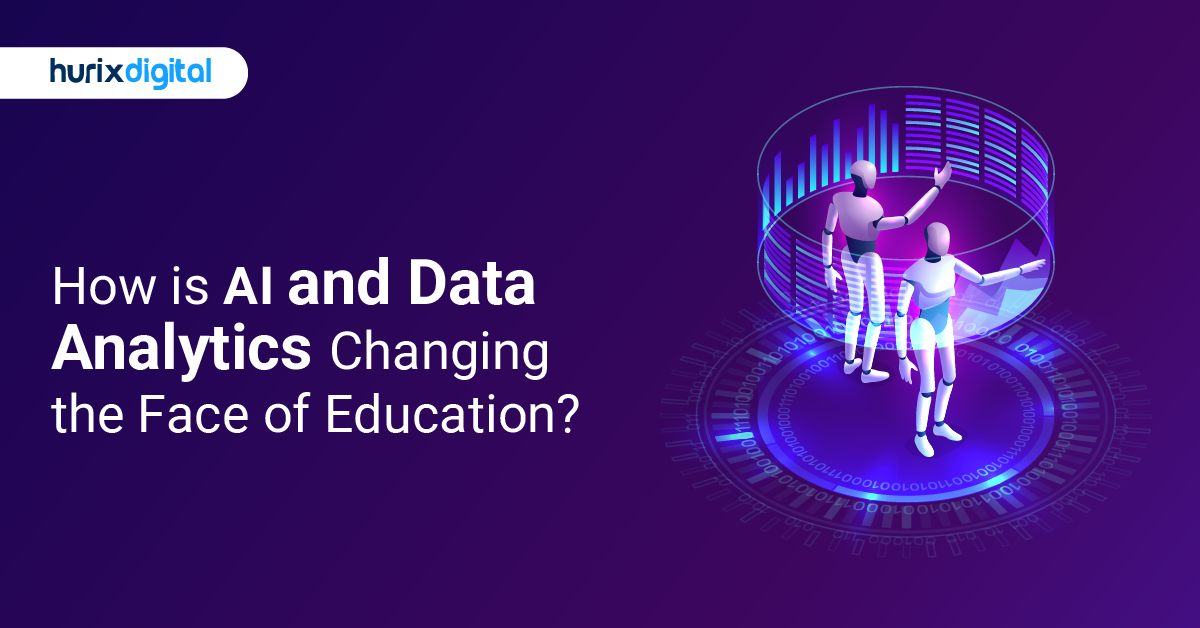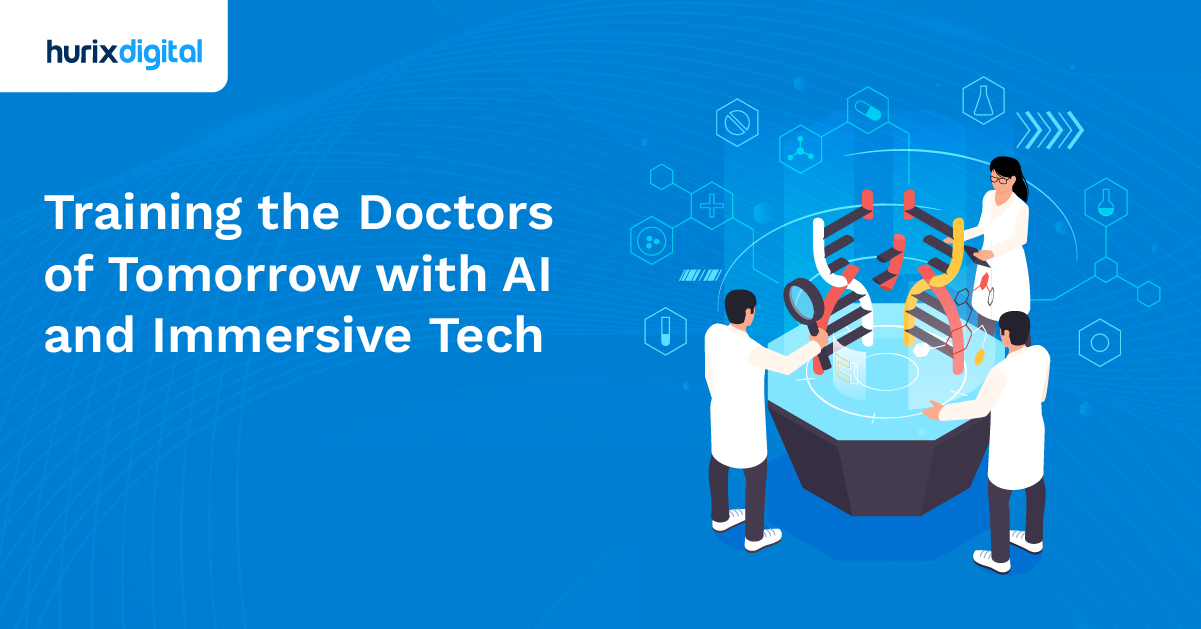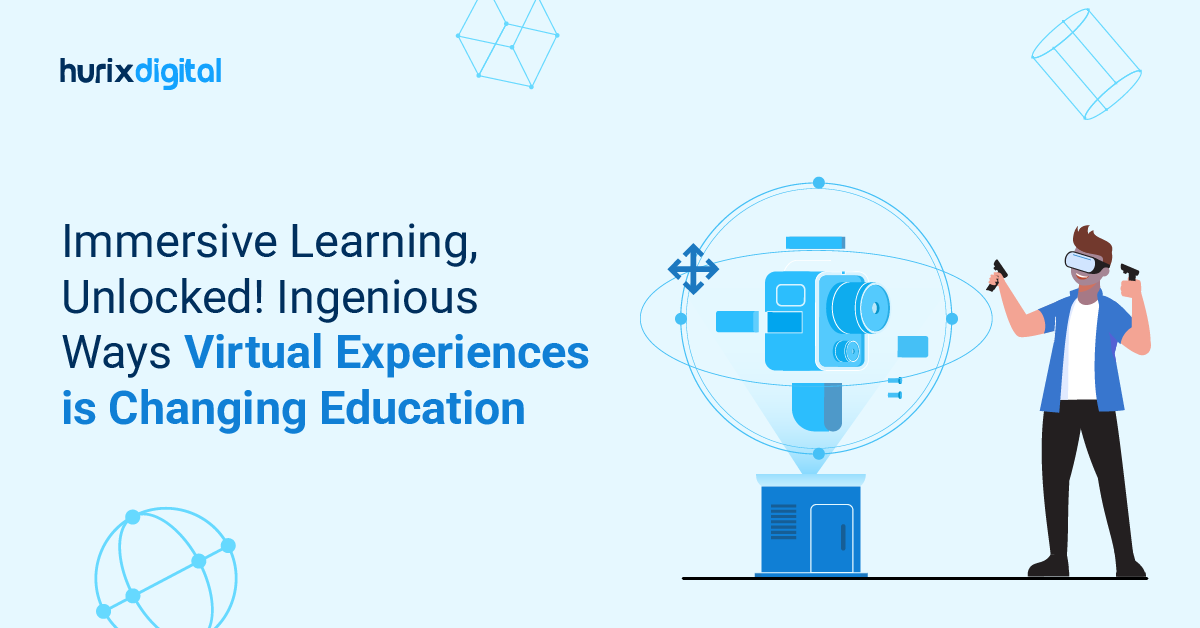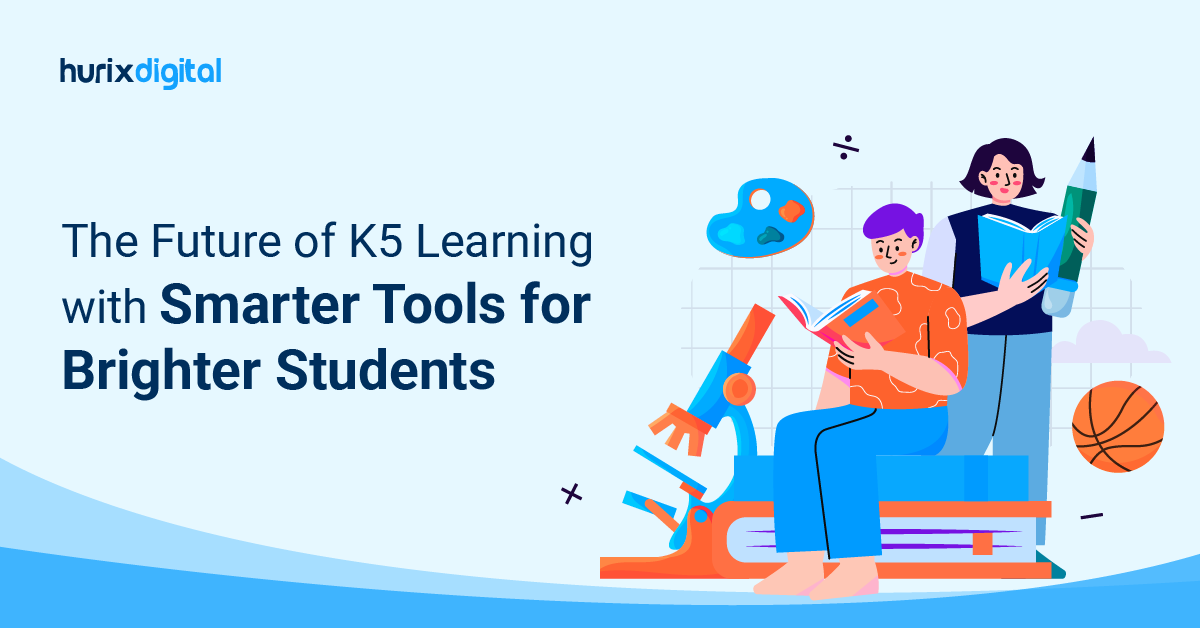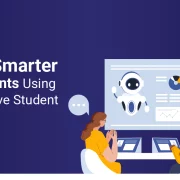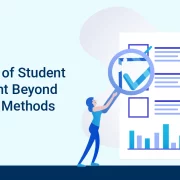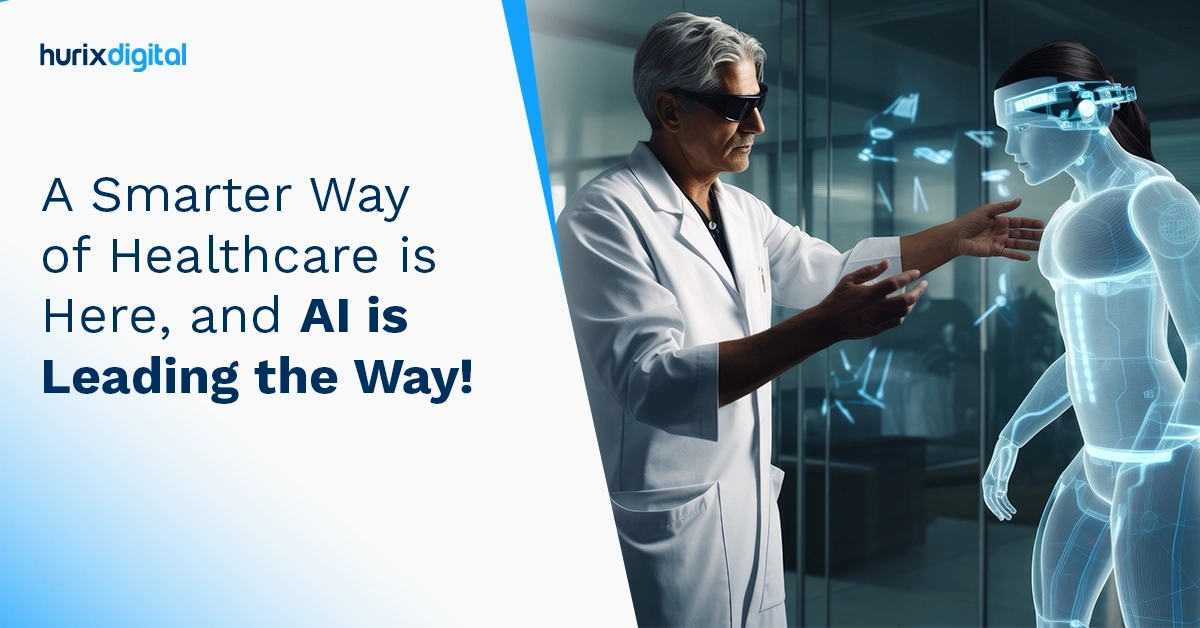
AI in Healthcare: A Smarter Way of Leading the Way!
Summary
Artificial Intelligence (AI) is revolutionizing healthcare and medical education by enhancing diagnostics, streamlining research, and improving patient care. AI-driven tools personalize learning, optimize resource management, and enable disease prediction, making medical training more accessible and effective. Large Language Models (LLMs) further transform education by acting as virtual tutors, aiding curriculum development, and enhancing clinical decision-making. AI-powered simulations, chatbots, and remote monitoring improve patient engagement and healthcare outcomes. While AI offers immense potential, ethical considerations like data privacy and bias must be addressed. The future of AI in healthcare depends on responsible innovation, ensuring equitable and efficient medical training and patient care.
The advent of Artificial Intelligence (AI) has undoubtedly revolutionized every facet of human life. Like any other domain, healthcare has accepted this transformation. AI in healthcare is changing the traditional workflow system by introducing more effective diagnoses, drug inventions, and patient care facilities.
AI plays a fundamental role in analyzing extensive data precisely, providing vital insights for more appropriate healthcare solutions.
Research indicates that the global market for artificial intelligence in healthcare was estimated to be worth $4.9 billion in 2020 and is projected to grow at a compound annual growth rate of 44.9% to reach $45.2 billion by 2026.
Here, we’ll discuss some of the key benefits of AI in healthcare and its diverse applications.
Table of Contents (Jump To):
- The Need for Transformation: Challenges in Public Health Education
- AI Healers: Illuminating the Path to a Better Future
- How are AI Healers Ushering in a New Era?
- Examples of AI in Action
- Ethical Considerations and the Impact of AI on Public Health Education
- Applications of LLMs and the Rise of AI in Medical Education
- Benefits of Using AI in Healthcare
- Future Directions and Opportunities
- Summing Up
The Need for Transformation: Challenges in Public Health Education
Public health education faces a multitude of challenges: outdated curricula, limited access, and the ever-growing complexity of healthcare issues. Traditional methods struggle to keep pace with the evolving landscape, leaving graduates ill-equipped for the realities of the medical profession.
Public health education faces several challenges:
- Information Overload: The sheer volume of medical research creates difficulties in keeping up with the latest advancements.
- Ineffective Traditional Methods: Traditional teaching methods like lectures often struggle to cater to individual learning styles and needs.
- Limited Access to Resources: Educational opportunities are not equally distributed, leaving many populations underserved.
- Evolving Health Landscape: Emerging diseases and changing demographics require constant adaptation of training programs.
It demands a transformative approach, one that leverages AI to personalize learning, democratize access, and empower future professionals with the skills to tackle tomorrow’s public health challenges.
AI Healers: Illuminating the Path to a Better Future
AI Healers are not futuristic heroes; they are the emerging generation of healthcare professionals empowered by AI to create a healthier world. Imagine AI-powered simulations that hone their clinical skills, or vast datasets analyzed by AI revealing hidden patterns in disease outbreaks.
These empowered professionals will be better equipped to diagnose, treat, and prevent health issues, ensuring better outcomes for individuals and communities alike. AI is emerging as a potent solution to these challenges, offering numerous benefits:
- Personalized Learning: AI-powered platforms can tailor learning experiences to individual needs and preferences. Adaptive learning systems adjust difficulty levels based on personal progress, while virtual tutors provide personalized feedback and support.
- Enhanced Accessibility: AI-powered language translation tools break down language barriers, enabling wider access to educational resources. Additionally, text-to-speech and speech-to-text technologies cater to individuals with disabilities.
- Disease Prediction and Prevention: AI algorithms can analyze vast datasets to identify patterns and predict disease outbreaks before they occur. This allows public health professionals to take proactive measures and implement targeted interventions.
- Streamlined Research and Analysis: AI can analyze large medical research datasets to identify new insights and connections, accelerating the pace of scientific discovery.
- Efficient Resource Management: AI can optimize resource allocation within public health systems, ensuring that resources reach the most needy populations.
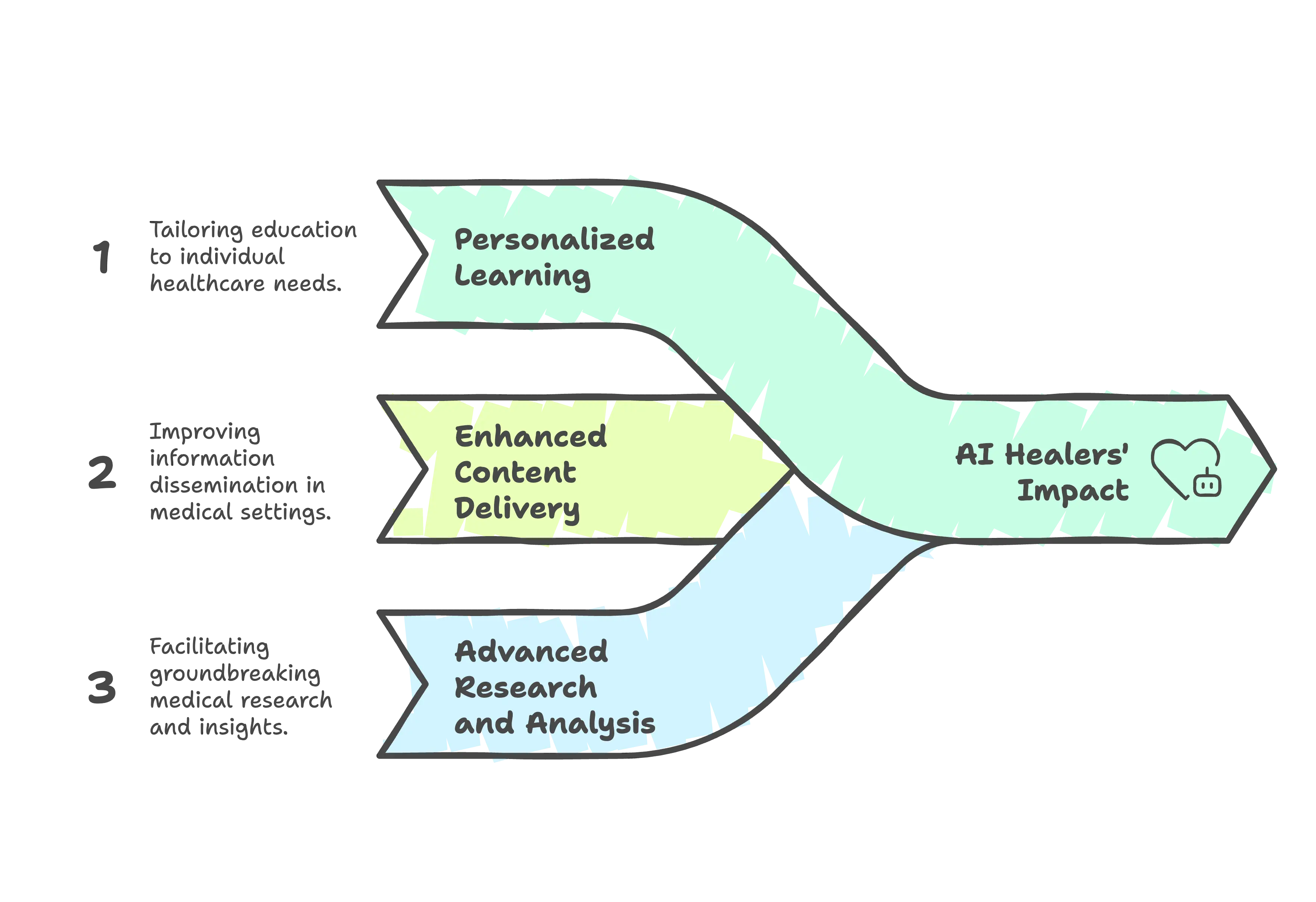
How are AI Healers Ushering in a New Era?
AI’s impact extends beyond empowering individuals. It can revolutionize public health systems by optimizing resource allocation, predicting outbreaks, and tailoring interventions to specific populations. Over 79% of healthcare professionals believe AI will improve patient care.
AI-powered tools can analyze vast amounts of data in real-time, informing evidence-based decision-making and enabling proactive public health measures. This ushers in a new era of healthcare, one where data-driven insights and AI-powered interventions pave the way for a healthier and more resilient future.
AI’s diverse applications in public health education can be broadly categorized into:
1. Personalized Learning
- Adaptive Learning Platforms: AI algorithms tailor learning experiences based on individual strengths, weaknesses, and learning styles, maximizing knowledge retention and engagement.
- Virtual Tutors: AI-powered chatbots provide personalized guidance, answer questions, and offer feedback, creating a supportive and interactive learning environment.
- Gamification: Educational games infused with AI elements make learning fun and engaging, particularly for younger generations.
2. Enhanced Content Delivery
- AI-Powered Content Creation: Tools like natural language processing (NLP) can generate personalized learning materials, translate content into different languages, and adapt existing resources for diverse audiences.
- Interactive Simulations: AI-powered immersive simulations allow learners to practice real-life public health scenarios in a safe and controlled environment.
- Visualization Tools: AI-powered data visualization tools help learners understand complex epidemiological data and public health trends.
3. Advanced Research and Analysis
- Personalized Medicine: AI can analyze individual genetic and health data to predict disease risks and recommend personalized preventive measures.
- Drug Discovery: AI-powered simulations accelerate drug discovery by analyzing massive datasets to identify potential new treatments.
Examples of AI in Healthcare
Several initiatives showcase the power of AI in public health education:
- Virtual reality (VR) simulations train healthcare workers on emergency procedures in realistic environments.
- Chatbots provide 24/7 access to health information and answer basic questions, reducing the burden on healthcare professionals.
- AI-powered games educate children about healthy habits and disease prevention in an engaging way.
Ethical Considerations and the Impact of AI on Public Health Education
While AI holds immense potential, ethical considerations cannot be ignored. Issues like data privacy, bias in algorithms, and responsible implementation need careful attention. Public health education must equip future professionals to navigate these complexities, ensuring AI serves as a force for good, promoting equity and inclusivity in healthcare for all.
By fostering ethical awareness alongside technical skills, we can ensure AI Healers become true agents of positive change in the healthcare landscape:
- Bias and Discrimination: AI algorithms can perpetuate existing biases in healthcare data, leading to unfair outcomes. Ensuring diverse datasets and rigorous testing is crucial.
- Privacy Concerns: Protecting patient data privacy in AI-powered systems is paramount. Robust data security measures and clear user consent are essential.
- Oversight and Accountability: AI should not replace human judgment and expertise. Healthcare professionals must remain involved in decision-making and be accountable for using AI tools.
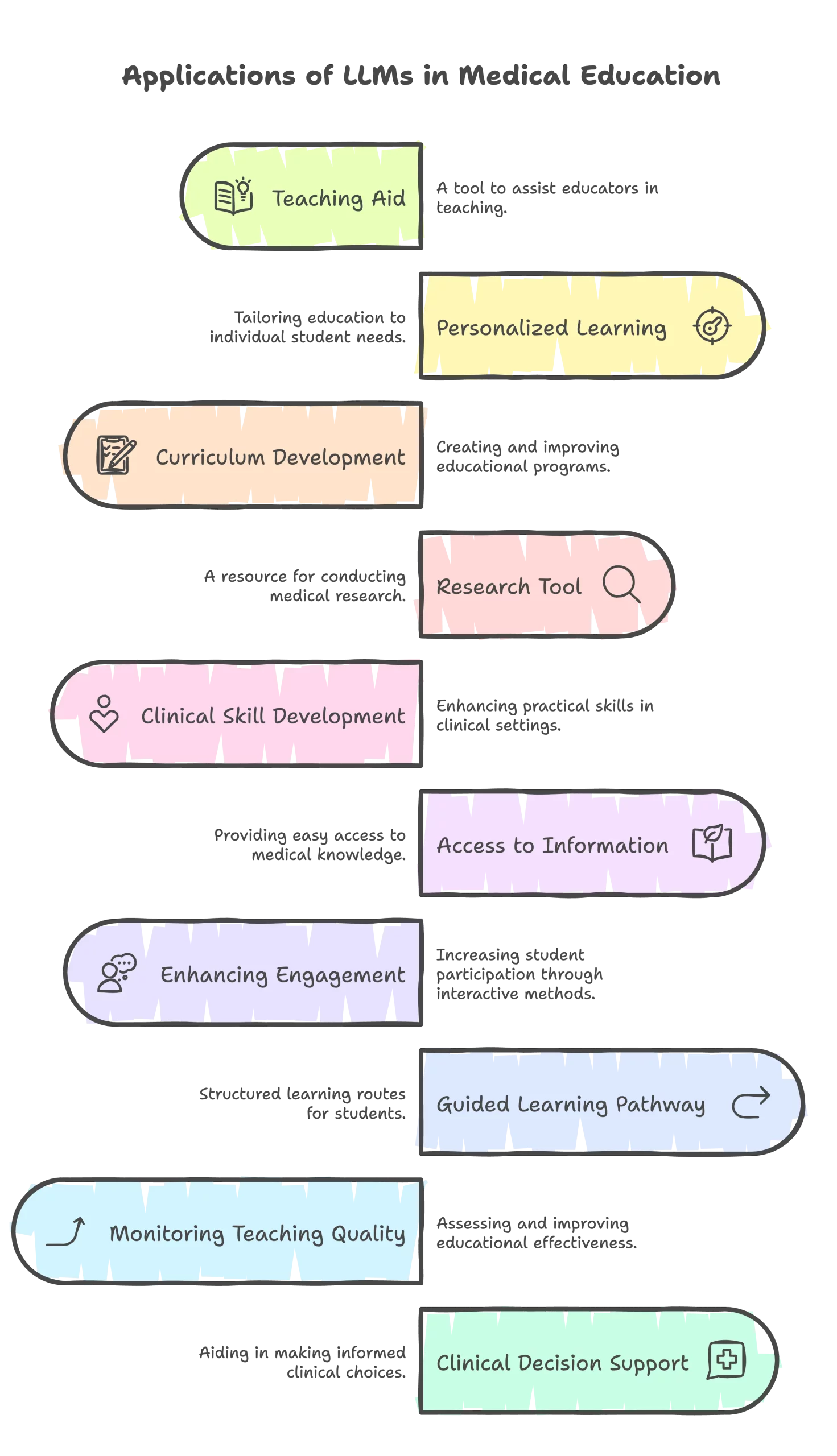
Applications of LLMs and the Rise of AI in Healthcare Education
With the advancement of AI, large language models (LLMs) now stand to revolutionize how education is imparted across disciplines.
Trained with vast amounts of data, LLMs can provide almost human-like experiences. So, utilizing language models in medical learning is no longer a far-fetched concept. It is the need of the hour.
Here are a few ways LLMs can be applied in medical education:
1. Teaching Aid
There is a shortage of man-hours and teaching staff in medical education. LLMs can take over some of the responsibilities of human instructors, helping them use that time for other essential functions.
- LLMs can act as teaching assistants.
- They can break down complex concepts into smaller blocks and help students practice making diagnoses.
- They can provide students with a more hands-on approach to understanding medical concepts.
2. Personalized Learning
Personalized learning experiences are facilitated by LLMs, enabling adaptation to diverse learner requirements.
Consequently, they accommodate individual learning styles, significantly enhancing comprehension and information retention.
3. Curriculum Development
Teaching medical concepts is a complex task, and the right curriculum is the first step toward engaging future medical professionals.
One of the primary applications of AI in medical education is devising the right curriculum.
LLMs can revolutionize medical curriculum development, teaching methodologies, personalized study plans, and learning materials.
4. Research Tool
A major challenge for medical students revolves around case studies, yet LLMs alleviate this difficulty.
- LLMs convert patient education materials into a more accessible format.
- This transformation aids in improving the understanding of treatment plans, especially for patients with limited medical backgrounds.
- Furthermore, LLMs can customize educational content based on individual patient needs, enhancing engagement and adherence to treatment regimens.
5. Clinical Skill Development
LLMs can help in learning practical skills before diving into active clinic duties. They can enhance basic medical knowledge, clinical learning, and clinical skill development by allowing easier access to information in more comprehensible formats.
Students can thus gain a better understanding of clinical practices, which in turn will improve their clinical skills.
6. Access to Information
LLMs are excellent tools for information processing. They provide direct access to vast amounts of information due to the large amount of data these models are fed during development.
- This data gets broken down into more comprehensible pieces of information, which helps students gain a broader understanding of medical concepts.
- Furthermore, as LLMs are constantly updated, students can also stay updated with the latest developments in the field.
7. Enhancing Engagement with Interactive Learning
LLMs can transform the typically monotonous realm of medicine into a captivating experience.
- Augmented reality (AR) and virtual reality (VR)-based interactive learning simulations contribute significantly to comprehending intricate medical concepts.
- This modern approach fosters engagement and interactivity and facilitates a deeper understanding compared to traditional methods.
- The personalized nature of these interactive learning experiences enhances students’ overall engagement and enjoyment, motivating them to strive for continual improvement.
8. Guided Learning Pathway
LLMs contribute to enhanced retention capabilities.
Medical education is renowned for its intense stress levels stemming from the immense amount of information students must process and remember.
LLMs offer a structured learning path, guiding students through this challenging educational journey.
9. Monitoring Teaching Quality and Better Efficiency
LLMs help save time and effort in a variety of ways.
- LLMs can automate 20% to 40% of teachers’ current workload, freeing up time for more focused student interaction. This is the need of the hour in a hands-on field like medicine.
- LLMs can be used to monitor teaching quality, ensuring that students are receiving the best possible education.
10. Improving Clinical Decision Support
LLMs can help with increased accuracy. Large language models in medical education use extensive medical literature on physiology and pathology as training data.
Healthcare professionals can have easy access to this information to make a diagnosis and treatment plan. It can improve the accuracy and efficiency of clinical decision-making.
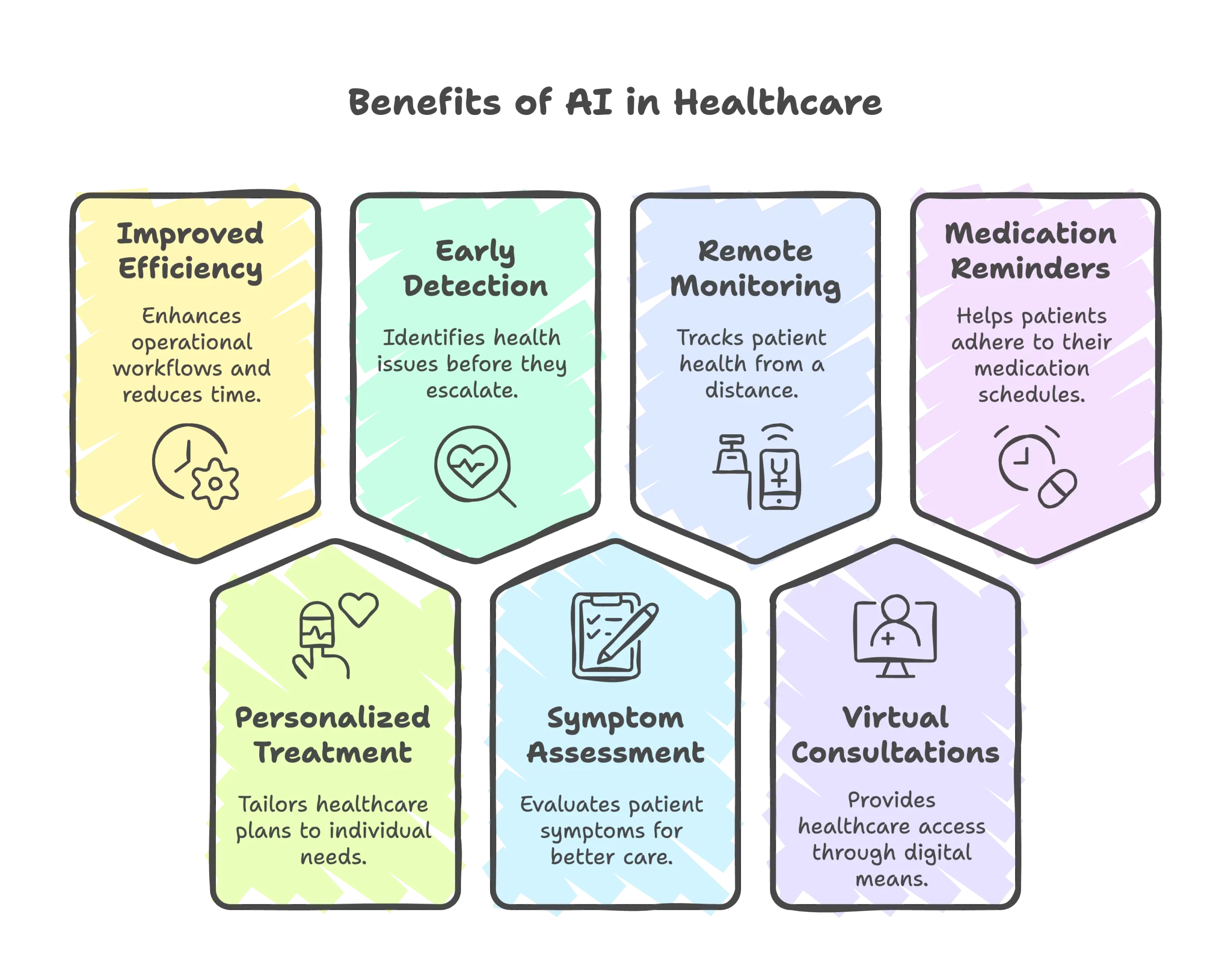
Benefits of Using AI in Healthcare
AI chatbots and digital healthcare transformation have substantially improved treatment and medication. AI enables precise diagnosis and prompt treatment, preventing several diseases at the first level. Following are a few key benefits of using AI in healthcare:
1. Improved Efficiency
AI chatbots can manage infinite volumes of patient queries and efficiently identify patterns and trends. This makes them ideal for handling customary tasks like scheduling appointments, communicating medication reminders, and providing general wellness updates. As a result, they reduce the job of medical professionals, who can now concentrate on more critical tasks.
Using virtual assistants in healthcare benefits not only medical professionals but also patients. Reducing wait time, quick diagnosis, and overall betterment in caregiving quality are some of the takeaways from AI chatbots.
Moreover, they’re accessible 24/7 for patient support. Thus, patients can consult them anytime for emergency medical attention or to answer queries beyond the prescribed visiting hours.
2. Personalized Line of Treatment
AI chatbots use machine learning in healthcare to provide custom advice to individual patients based on their medical history, location, and preferences.
They access digital health records and patient input to collect and analyze relevant data. Then, they use personal details to manage critical conditions, prescribe personalized nutrition plans, and suggest relevant exercises.
Such personalized consultations offer better medical solutions and encourage patients to follow the prescribed treatment strictly. The chatbots can also regularly monitor and suggest revised treatment plans based on the patient’s health condition, ensuring better care and fast recovery.
3. Early Detection and Prevention
AI chatbots in healthcare provide evidence-based symptom assessment, including prediction and identification of disease patterns for early detection and prevention. This helps medical practitioners deduce potential health risks and prevent their development early through prompt intervention.
Healthcare chatbots use machine language algorithms to identify the minute signs of disease through medical imaging, genetic markers, and patient data. Such early detections significantly improve treatment solutions and minimize medical expenses.
4. Symptom Assessment and Triage
Based on triage, healthcare providers can decide the urgency of medical attention and resource utilization. AI in healthcare can streamline the process by inquiring about patients’ symptoms, accessing their medical data, probing follow-up queries, and recommending triage.
For example, when patients share their symptoms with medical chatbots, the latter, using AI technology, refers to its extensive medical database and analyzes the symptoms. This provides patients with plausible diagnoses and medical guidance for the next line of treatment.
It also ensures timely health advice and limits non-critical patients to home consultations. Thus, hospitals can use their resources, such as emergency rooms and other clinical departments, for critical care patients only.
5. Remote Patient Monitoring
Monitoring patients’ vitals in real time is one of the fundamental benefits of leveraging AI-driven healthcare solutions. AI chatbots collect and examine patients’ vital stats during virtual consultations to monitor heart rate, blood pressure, and glucose levels.
With such details, medical professionals can decipher whether or not there are any abnormalities in the patients’ health conditions. Hence, patients would receive prompt individual care without even visiting the hospitals.
6. Virtual Consultations and Telemedicine Support
With AI chatbots, getting a doctor’s consultation without stepping out of the home is now possible. They have significantly transformed the healthcare landscape by introducing virtual consultations and telemedicine assistance. In addition, they interact with patients, review their symptoms, and recommend appropriate medical advice.
If required, these chatbots can even connect patients with specific healthcare providers through videoconferencing. Besides saving time and minimizing hospital visits, telemedicine promotes easy accessibility to healthcare, especially for patients staying in remote locations.
AI chatbots led to telemedicine advancements in healthcare, thus providing patients with a preliminary virtual medical assessment. They also helped group cases according to their severity and assisted medical providers with relevant information to make prompt decisions.
7. Medication Adherence and Reminders
Most patients fail to follow prescriptions and adhere to medication. They often miss doses as directed by healthcare advisers, which can have potential health consequences, leading to treatment failures, hospitalizations, and even life risks.
AI chatbots in healthcare help patients follow medication doses and timings religiously by scheduling timely medication reminders. These chatbots send automated alerts in the form of text or voice messages and solve their queries related to any medicine, its needs, and its benefits.
Further, the merging of AI and gamification in healthcare can help patients track their progress, developing a sense of accomplishment.
Future Directions and Opportunities
The future of AI and machine learning in healthcare holds immense promise. Here are some key areas of opportunity:
- Deep Learning Progress: The continued progress in deep learning algorithms, especially convolutional neural networks (CNNs), will further improve the accuracy and speed at which medical images are analyzed. This area will experience significant leaps forward with new architectures and training strategies tailored to medical imaging data.
- Multi-Modal Data Integration: Information from multiple imaging modalities like MRI, CT, or PET scans, clinical data, genomic information, and patient outcomes can help develop a more complete description of diseases. New AI algorithms that can process multi-modal data may offer new insights into disease mechanisms and treatment responses.
- Collaborative Research and Data Sharing: Researchers should collaborate with healthcare institutions and technology companies to fast-track building and validating AI algorithms, for example, in medical imaging. Innovations in medical technology, like open-access image repositories and collaborative research networks, promote these initiatives, resulting in creativity toward AI adoption in everyday clinical care.
Summing Up
AI truly has the potential to revolutionize medical education and transform learning experiences. Innovative techniques and learning plans can largely elevate students’ skills, knowledge, and competence.
AI’s future in healthcare largely depends on the responsible and effective use of various technologies.
If you want to get ahead of the curve, you must start thinking of utilizing language models in medical learning. And there is no one better than Hurix Digital, which can partner with you on this venture.
Hurix Digital uses large language models to create personalized learning experiences. We provide customized learning content for self-paced learning. Our simulation training modules are the perfect fit for medical education.
So, if you would like to use AI in healthcare training, you can contact us today!

Senior Vice President
A Business Development professional with >20 years of experience with strong capability to sell new solutions and develop new markets from scratch. New Market Entry Specialist with experience of working in two of the largest emerging markets – China & India. Also covered other key markets in APAC, US, EU & ME. Exceptional experience of conceptualizing, ideating and selling new learning technologies like VR AR, etc. across multiple industry verticals.
